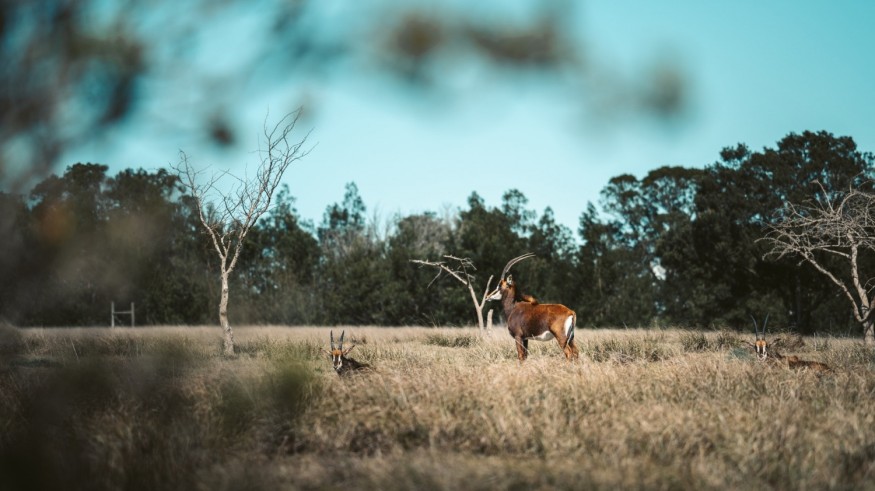Experts continue to lay out projects on their search for the rarest animal on the planet called the 'Asian unicorn.' Although not mythical like dragons and multi-colored flying horses, this specific animal actually thrives in Earth's ecosystem. Due to the unfortunate circumstances that push the species to the brink of extinction.
The existence of the Asian unicorn was first recorded back in 1992 in the mountainous regions of Laos that are secluded from urbanization. The rarity of the animal is quite known to the field of wildlife, and due to their low sightings, scholars decided to put up their name on the critically endangered list. The chances of seeing the species are so shallow that, according to the experts, it may go extinct before the world encounters it again.
The Asian unicorn is among the most threatened mammalian species residing in Southeast Asia. To save the handful of individuals remaining in the wild, the US-based Saola Foundation initiated a widescale search and rescue operation along with participating scholars and other organizations.
Saolas: Critically Endangered

According to the IUCN Red List, the Asian unicorn 'saola' or Pseudoryx nghetinhensis is one of the critically endangered species of the region. Based on their analysis, the saola population is currently running under 100 individuals. The animal has anatomical structures similar to the North African antelopes, but their genetic lineage is actually linked closer to wild cattle or Bos primigenius, a famous animal that is already extinct.
Saolas were first seen by experts during a 1992 study in the Vu Quang Nature Reserve, located at the heart of Vietnam. The sanctuary sits just at the edge of the border between the country and the neighboring territories of Laos.
The confirmation of the Asian unicorn's existence was challenging at the time, and there have been no known close contacts performed in the places where they reside. Even the first few images of the saolas nine years ago were only products of specialized cameras hidden throughout the wild.
Saola Foundation's Project for Preservation of Asian Unicorn
Today, scholars from Wisoncin's Saola Foundation recently decided to expand their studies to locate and preserve the remaining population of the Pseudoryx nghetinhensis. The search and rescue operation will be held with the help of highly-trained canines.
According to a report by Daily Mail, Saola Foundation expert and president William Robichaud said that we are already at the moment of history where conservation must be taken strongly into consideration. The organization's president added that thankfully, there are already ways available to trace the saola species, which experts believe have been grazing on Earth's fields for at least 8 million years now.
Robichaud explained that continuous global efforts are needed to run the project. The contribution would not require a hefty amount, but the rewards for ourselves, the species, and the Annamite region, will be large, he said.
The Saola Foundation's search project will heavily rely on the samples, including dung and fur, that was theorized to originate from the Pseudoryx nghetinhensis themselves. Further DNA will be extracted from the region and tested in real-time for an effective investigation of nearby areas.
RELATED ARTICLE : 63 Endangered African Penguins Found Dead in Cape Town, Swarm of Honey Bees Considered Suspects
Check out more news and information on Endangered Animals in Science Times.












